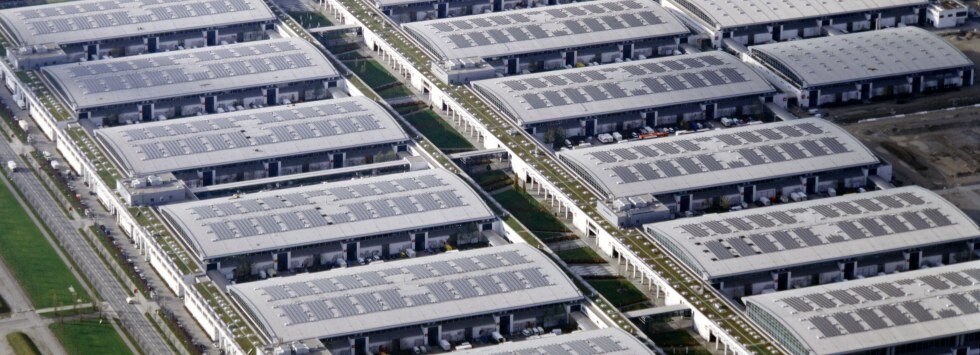Why solar electricity?
Clean, abundant, renewable energy
Solar energy is the cleanest, most abundant, renewable energy source available. The U.S. has some of the richest solar resources shining across the nation. Today's technology allows us to capture this power in several ways giving the public and commercial entities flexible ways to employ both the heat and light of the sun.
History
The photovoltaic (PV) effect was observed as early as 1890 by Henri Becquerel, and was the subject of scientific inquiry through the early twentieth century. In 1954, Bell Labs in the U.S. introduced the first solar PV device that produced a useable amount of electricity, and by 1958, solar cells were being used in a variety of small-scale scientific and commercial applications.
The energy crisis of the 1970s saw the beginning of major interest in using solar cells to produce electricity in homes and businesses, but prohibitive prices (nearly 30 times higher than the current price) made large-scale applications impractical.
Industry developments and research in the following years made PV devices more feasible and a cycle of increasing production and decreasing costs began which continues even today.
Present Status
The cost of PV has dropped dramatically as the industry has scaled up manufacturing and incrementally improved the technology with new materials. Installation costs have come down too with more experienced and trained installers. However, the U.S. still remains behind other nations that have stronger national policies to shift energy use from fossil fuels to solar. Globally, the U.S. is the fourth largest market for PV installations behind world leaders Germany, Japan and Spain.
Most modern solar cells are made from either crystalline silicon or thin-film semiconductor material. Silicon cells are more efficient at converting sunlight to electricity, but generally have higher manufacturing costs. Thin-film materials typically have lower efficiencies, but are simpler and less costly to manufacture.
The greatest challenge the U.S. solar market faces is scaling up production and distribution of solar energy technology to drive the price down to be on par with traditional fossil fuel sources.
 Phoenix Solar USA
Phoenix Solar USA 